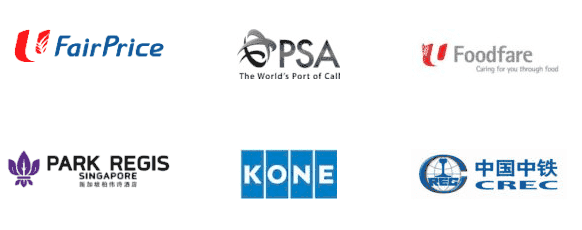Looking to open a restaurant in Singapore? Known globally for its rich tapestry of cuisines and flavors, Singapore offers an exciting platform for restaurateurs. This guide walks you through the essential legal steps required to bring your culinary dream of opening a restaurant to life in this vibrant city-state.
Landscape of Singapore’s Food and Beverage industry:
A Hub for Global Gastronomes: Singapore’s status as a culinary paradise isn’t an overstatement. It’s a melting pot of cultures, mirroring its diverse and inclusive society. This diversity is reflected in its food scene, offering everything from American to Brazilian cuisines. The nation’s passion for eating, particularly dining out, has fostered a robust market for restaurant businesses. Young Singaporeans, who often prefer eating out to cooking at home, further bolster this thriving food and beverage industry.
Step 1: Business Incorporation Before Opening A Restaurant:
- Understanding Singapore’s Restaurant Business Environment: Before you dive into the culinary world, it’s crucial to understand the restaurant business landscape of Singapore. The city-state is known for its business-friendly environment, but it also has strict regulations that need to be adhered to.
- Incorporation Process: Setting up a company in Singapore is your first step. This involves choosing a company name, registering with the Accounting and Corporate Regulatory Authority (ACRA), and fulfilling various company registration legal requirements. You must also decide on your business structure – whether it’s a private limited company, a sole proprietorship, or a partnership.
- Resources and Guides: Refer to detailed guides on Singapore company incorporation to navigate this process efficiently. These guides often provide step-by-step instructions and can be invaluable for first-time entrepreneurs. You can source for an accounting firm in Singapore like AG Singapore to help with the company registration for your restaurant business.

Step 2: Relocation for Foreign Owners:
- EntrePass – A Gateway for Foreign Entrepreneurs: If you’re a foreign national aiming to start a restaurant in Singapore, obtaining an EntrePass is essential. This pass is specifically designed for foreign entrepreneurs and involves criteria like business viability and entrepreneurial track record.
- The Importance of Presence: As the founder or a key financial backer, your presence in Singapore, particularly in the initial years, is crucial for overseeing operations, managing staff, and ensuring the restaurant aligns with your vision.
Step 3: Securing a Food Shop License to Open A Restaurant in Singapore:
- Location and Compliance: After registering your company, the next step is securing a suitable location. To operate a restaurant in Singapore, a Food Shop License from the Singapore Food Agency (SFA) is mandatory. This license ensures that your restaurant adheres to health and safety standards.
- Documentation and Inspections: The application process for this license involves submitting a range of documents, including proof of compliance with environmental health codes, planning permissions, and a tenancy agreement. A crucial aspect is the restaurant pre-licensing inspection by the SFA, which assesses whether your restaurant meets the necessary health and operational standards.
- Operational Requirements: The SFA’s requirements cover several operational aspects, such as kitchen size, waste management, and ventilation. These standards are designed to maintain a high level of public health safety and must be meticulously followed.

Step 4: Hiring Staff:
- Local and Foreign Workforce: A blend of local and foreign talent is typical in Singapore’s restaurant business. While hiring staff, understanding the nuances of employment laws in Singapore is crucial.
- Work Passes for Foreign Employees: For foreign workers, different types of work passes are available, depending on their skill level and the nature of their job. Each pass has specific requirements and application processes.
Conclusion:
Navigating the primary legalities of opening a restaurant in Singapore may seem complex, but with careful planning and the right guidance, it can be a smooth process. This guide has outlined the initial steps in your restaurant business entrepreneurial journey.
AG Singapore is a mid-tier accounting and audit services firm in Singapore. We provides one-stop solutions for F&B business, ranging from company registration, SFA food shop licence application, accounting services, applying work pass for SMEs in Singapore.
What makes AG Singapore a preferred corporate service provider?
- over 10-years corporate service experience in Singapore
- 182+ customer 5-star rating
- registered over 200+ businesses successfully in Singapore within 12 months
- 100% Singapore-based consultants














